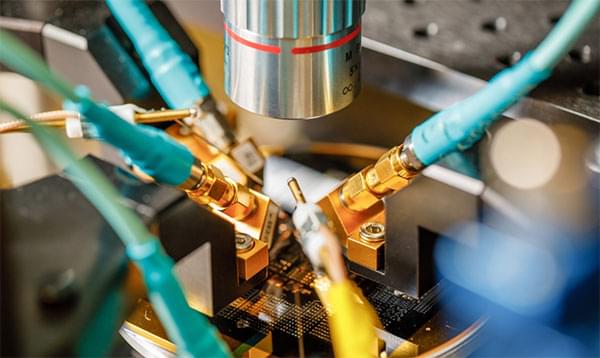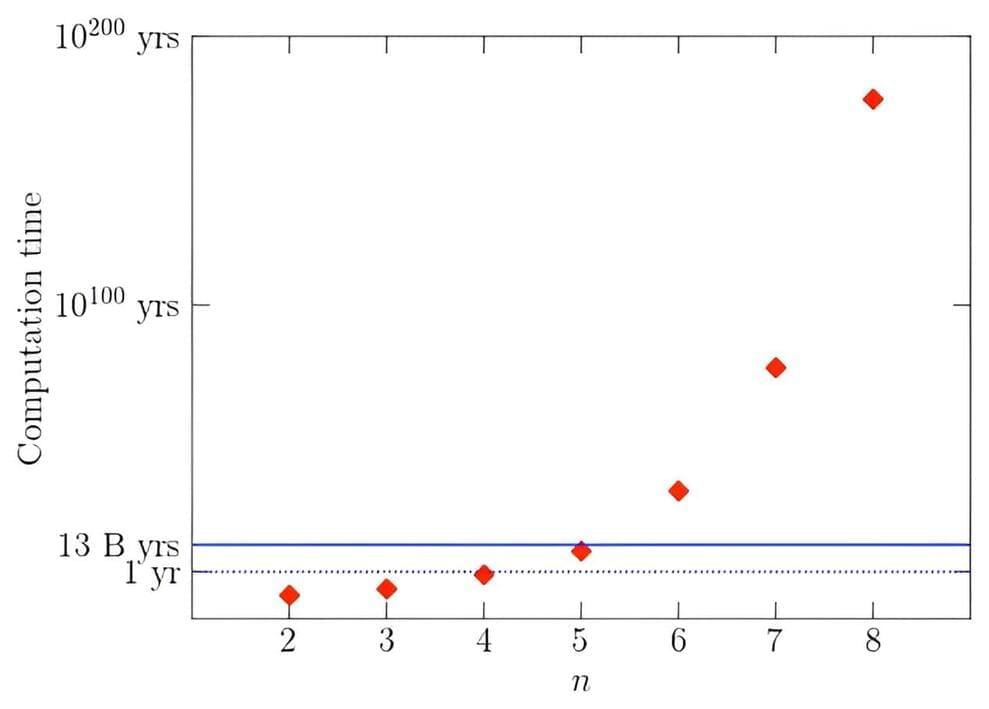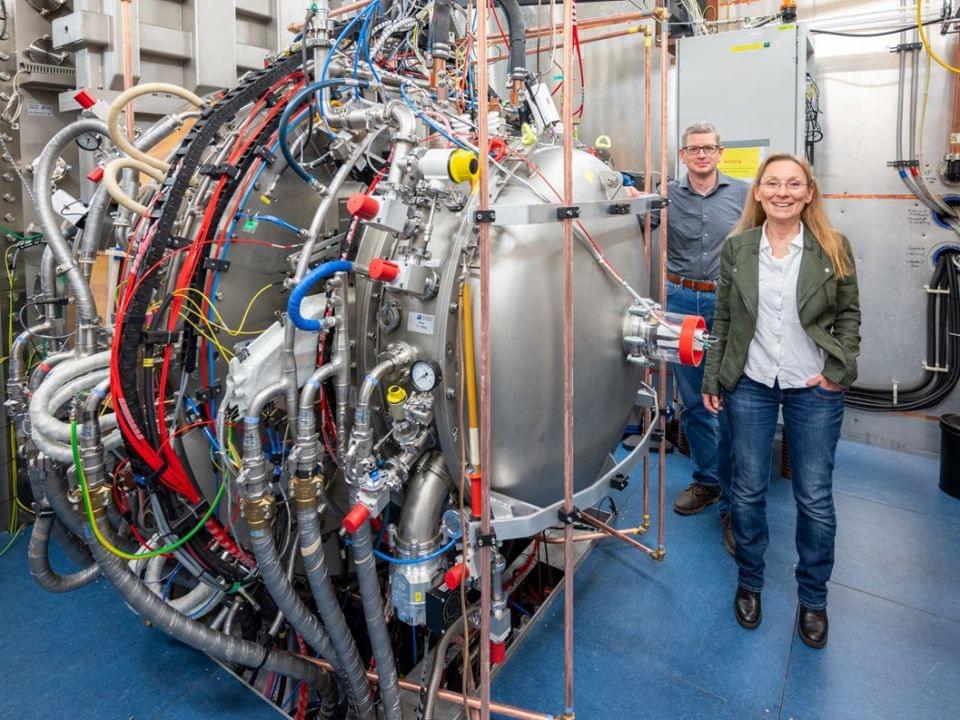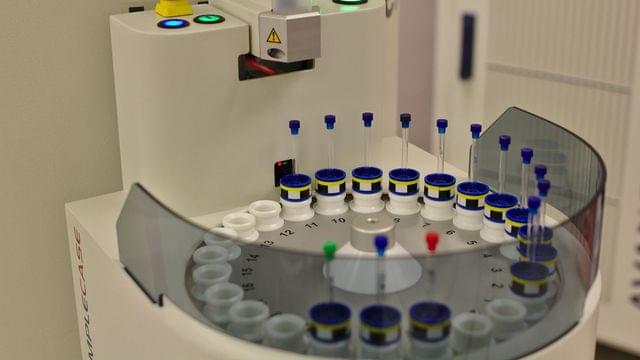The Boeing subsidiary received an additional $25 million for its fan-in-wing vertical take-off and landing aircraft being designed for the Speed and Runway Independent Technologies X-plane competition.




Summary: A new study highlights the concerning trend of AI systems learning to deceive humans. Researchers found that AI systems like Meta’s CICERO, developed for games like Diplomacy, often adopt deception as a strategy to excel, despite training intentions.
This capability extends beyond gaming into serious applications, potentially enabling fraud or influencing elections. The authors urge immediate regulatory action to manage the risks of AI deception, advocating for these systems to be classified as high risk if outright bans are unfeasible.

What if your earbuds could do everything your smartphone can do already, except better? What sounds a bit like science fiction may actually not be so far off. A new class of synthetic materials could herald the next revolution of wireless technologies, enabling devices to be smaller, require less signal strength and use less power.
The key to these advances lies in what experts call phononics, which is similar to photonics. Both take advantage of similar physical laws and offer new ways to advance technology. While photonics takes advantage of photons – or light – phononics does the same with phonons, which are the physical particles that transmit mechanical vibrations through a material, akin to sound, but at frequencies much too high to hear.
In a paper published in Nature Materials (“Giant electron-mediated phononic nonlinearity in semiconductor–piezoelectric heterostructures”), researchers at the University of Arizona Wyant College of Optical Sciences and Sandia National Laboratories report clearing a major milestone toward real-world applications based on phononics. By combining highly specialized semiconductor materials and piezoelectric materials not typically used together, the researchers were able to generate giant nonlinear interactions between phonons. Together with previous innovations demonstrating amplifiers for phonons using the same materials, this opens up the possibility of making wireless devices such as smartphones or other data transmitters smaller, more efficient and more powerful.


The hydrogen atom was once considered the simplest atom in nature, composed of a structureless electron and a structured proton. However, as research progressed, scientists discovered a simpler type of atom, consisting of structureless electrons, muons, or tauons and their equally structureless antiparticles. These atoms are bound together solely by electromagnetic interactions, with simpler structures than hydrogen atoms, providing a new perspective on scientific problems such as quantum mechanics, fundamental symmetry, and gravity.


“There has been extensive talk about how larger trees respond to the effects of climate change,” said Dr. Thomas Murphy. “But these results show we need to factor in the response of young trees as well, especially if they are being envisioned as an integral part of the solution.”
Can climate change be fought using saturated soils, and what impacts would these soils have on newly planted trees? This is what a recent study published in Forest Ecology and Management hopes to address as a team of researchers from the University of Plymouth investigated how various soil saturation levels could influence the survival rates of newly planted trees meant to combat climate change. This study holds the potential to help scientists, conservationists, and legislators better understand the steps that can be taken to combat climate change without causing further harm to the environment.
The study involved planting acorns in four different soils: totally flooded, high saturation, medium saturation, and low saturation, with the water levels being just over eight-and-a-half inches (220 millimeters) beneath the acorns. In the end, the researchers discovered a zero-survivability rate for the totally flooded acorns while finding increased survivability rates for high saturation, medium saturation, and low saturation at 43 percent, 77 percent, and 83 percent, respectively. For the higher saturated acorns, the researchers also found decreased levels of leaf photosynthesis, root: shoot ratio, and decreased chances of late season shoot growth, as well.
To demonstrate how larger trees responded to soil saturation, a second experiment simultaneously planted English oaks at a separate site, which exhibited increased levels of leaf photosynthesis and shoot growth.

To do this, hydrogen ions are first generated, extremely accelerated in an electric field, and then neutralized to enter in the magnetic cage of the ITER tokamak where the plasma is confined. Such a powerful NBI heating—two particle beams are to deliver 16.5 megawatts each—has never been built before.
The aim of the Max Planck ELISE experiments is to generate a hydrogen ion beam with a reliably high current density and demonstrate quasicontinuous operation. The ion source of ELISE is half the size of the ion source for ITER.
What it means: The record ion current density means that ELISE has already achieved the ITER target, even though only a maximum of 75 percent of the high-frequency power available at ITER is available to generate the ion source plasma at the experimental testing facility.

A pressure of 3,000 bar is applied to the cold shock protein B of Bacillus subtilis in a small tube in the NMR spectroscopy laboratory at the University of Konstanz. This is roughly three times the water pressure at the deepest point of the ocean. The pressure is so intense that the highly dynamic protein shows structural features that would not be sufficiently visible under normal pressure. But why do scientists apply such high pressure, which does not occur anywhere else on our planet under natural conditions? The answer is: To study processes and properties that are too volatile to be observed under normal conditions.
“This high pressure allows us to make states visible that actually do exist at 1 bar, but which we can only observe directly at 3,000 bar”, explains Frederic Berner, University of Konstanz. Literally “under high pressure”, the doctoral researcher investigates the properties of a protein determined by its structure, and how changes in the structure in turn influence its properties. In the research group Physical Chemistry and Nuclear Magnetic Resonance at the University of Konstanz, led by Michael Kovermann, he recently implemented a new method for analyzing the structural properties of proteins at 3,000 bar with as little influence as possible from surrounding effects. The two researchers now present their new methodological approach in the journal Angewandte Chemie International Edition.